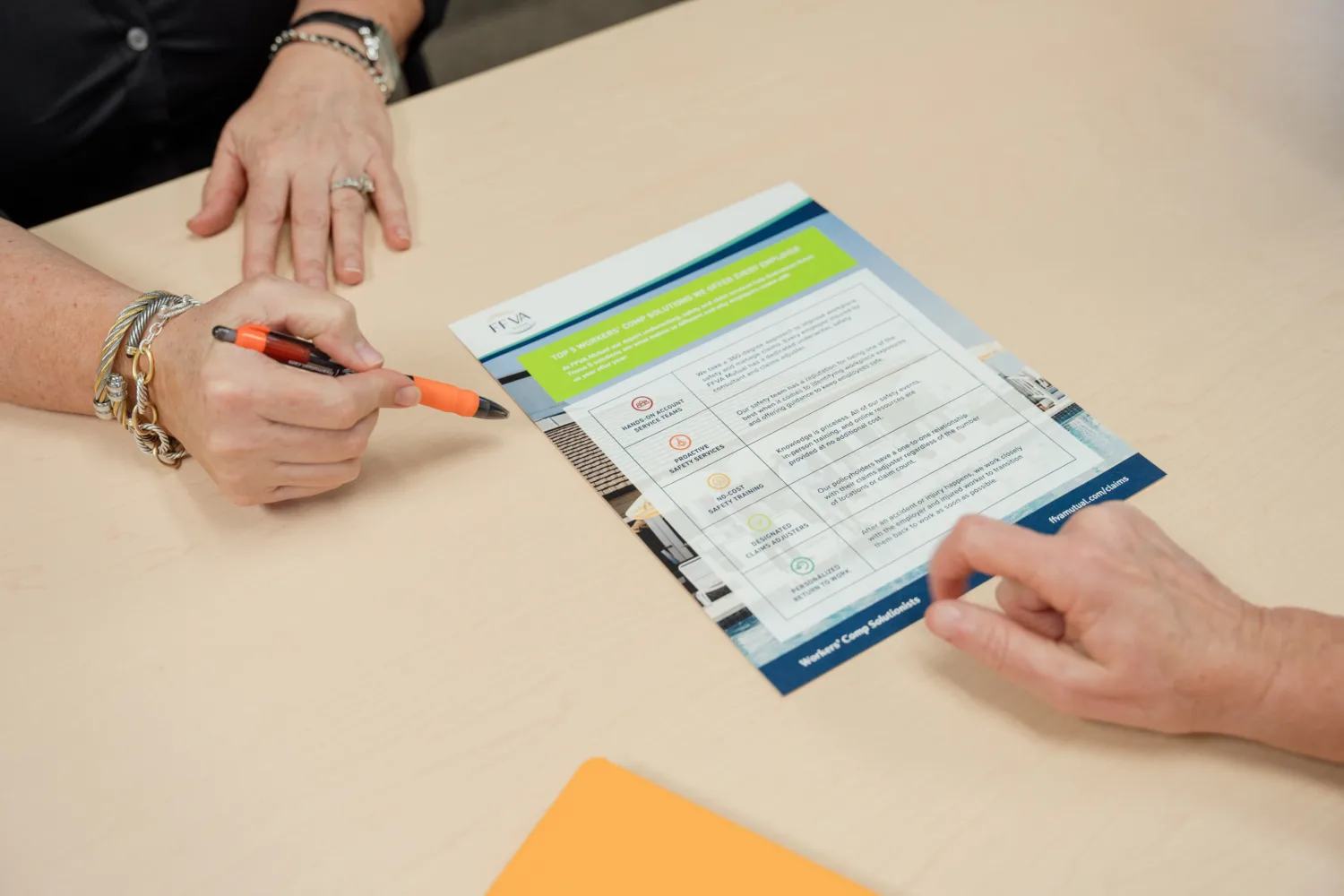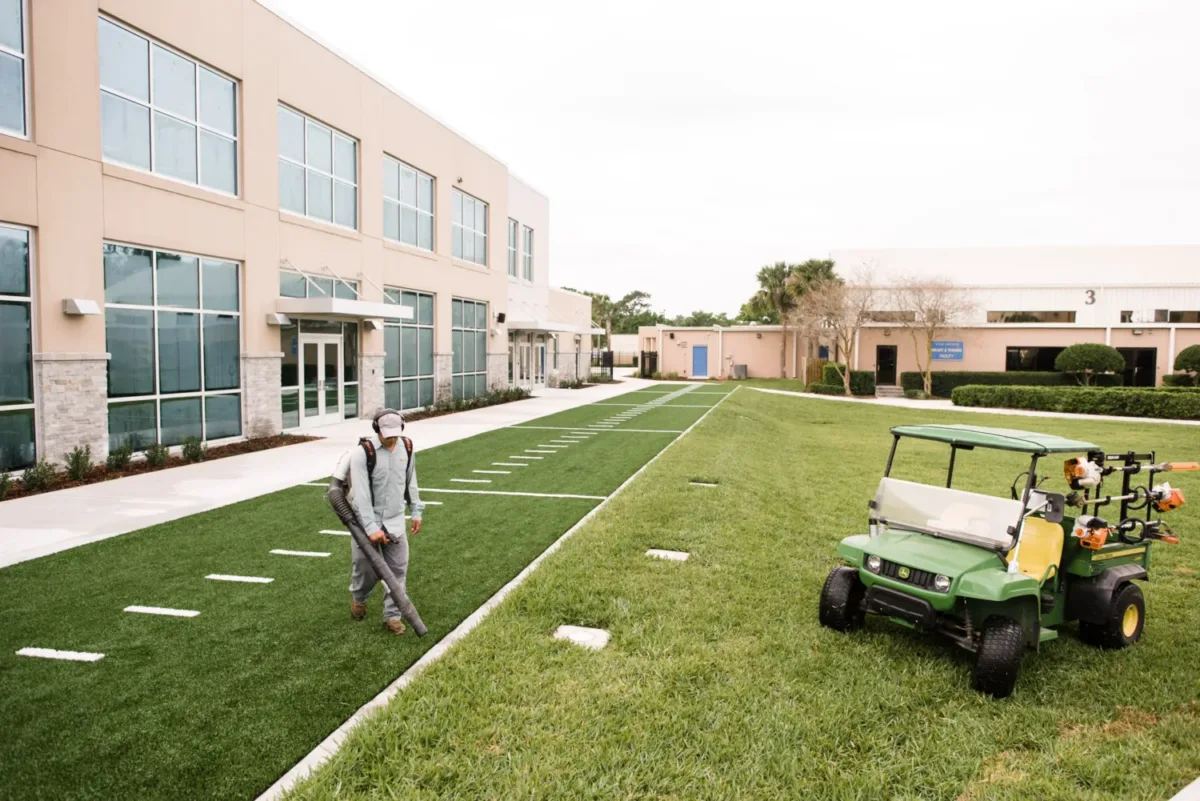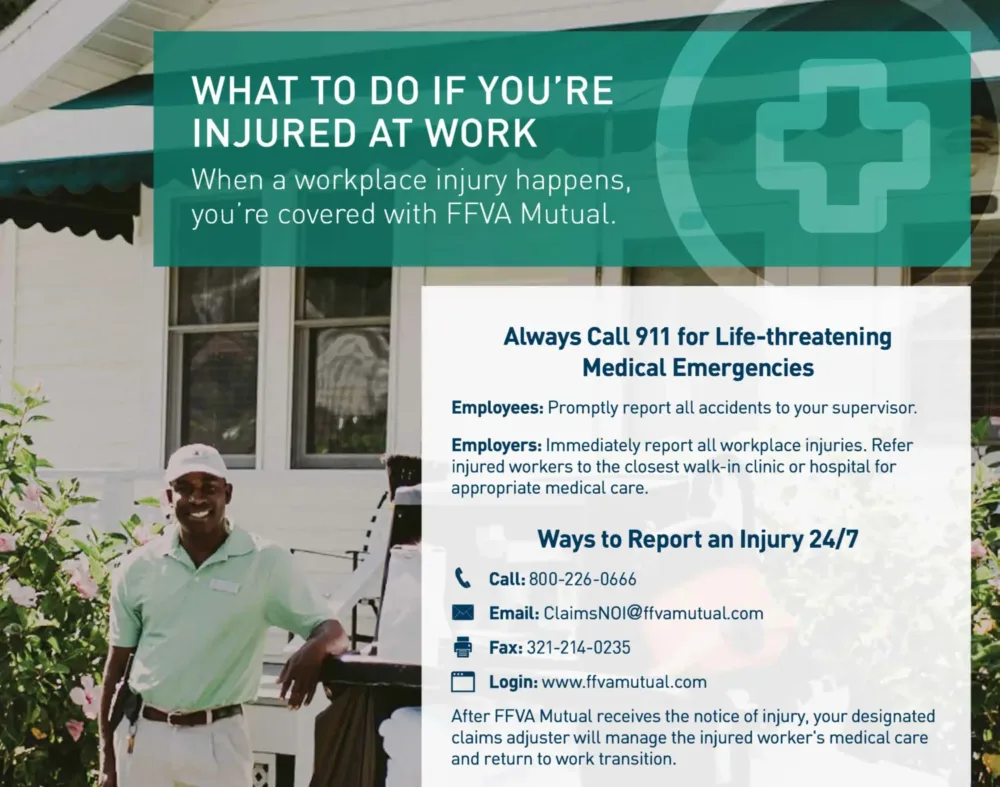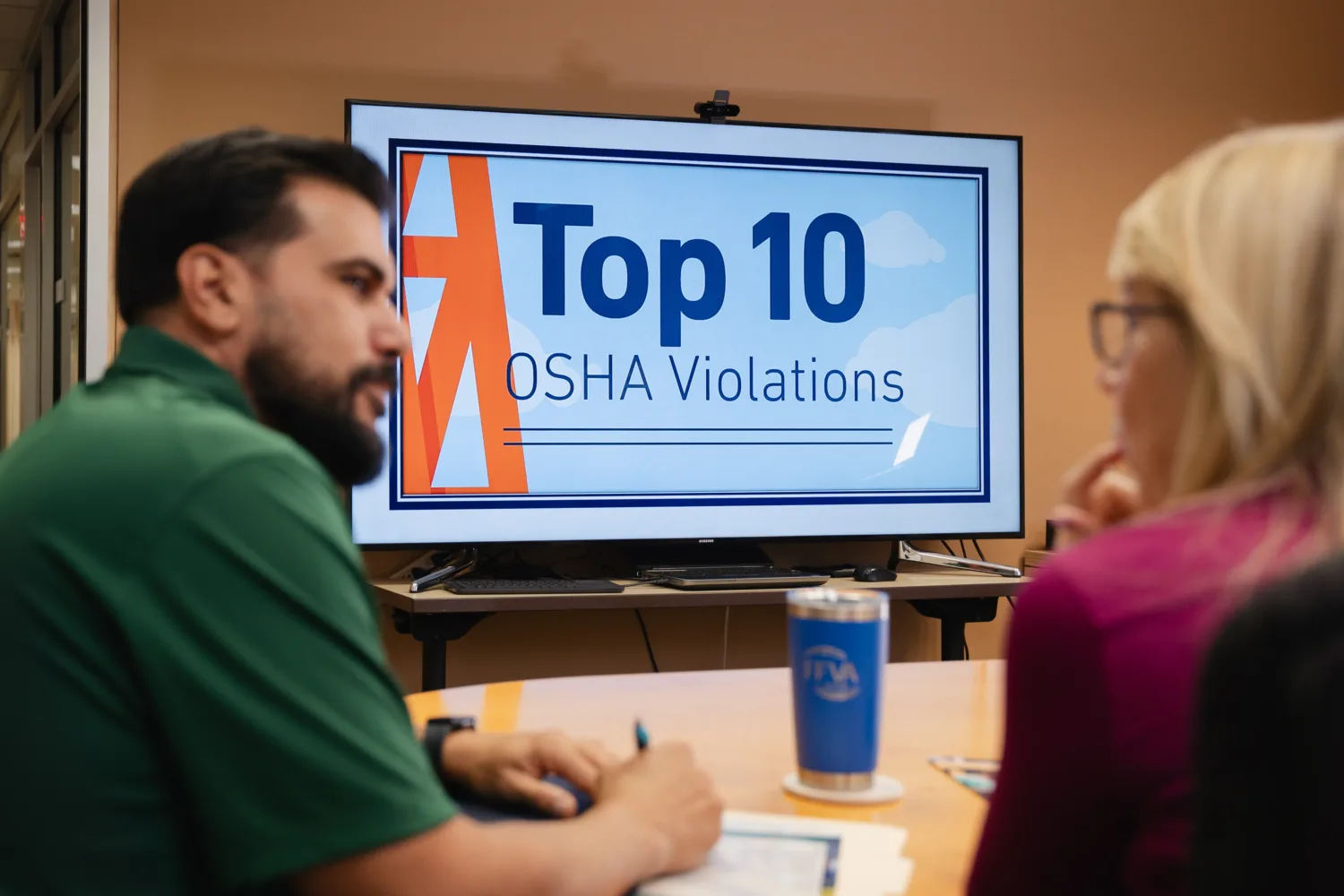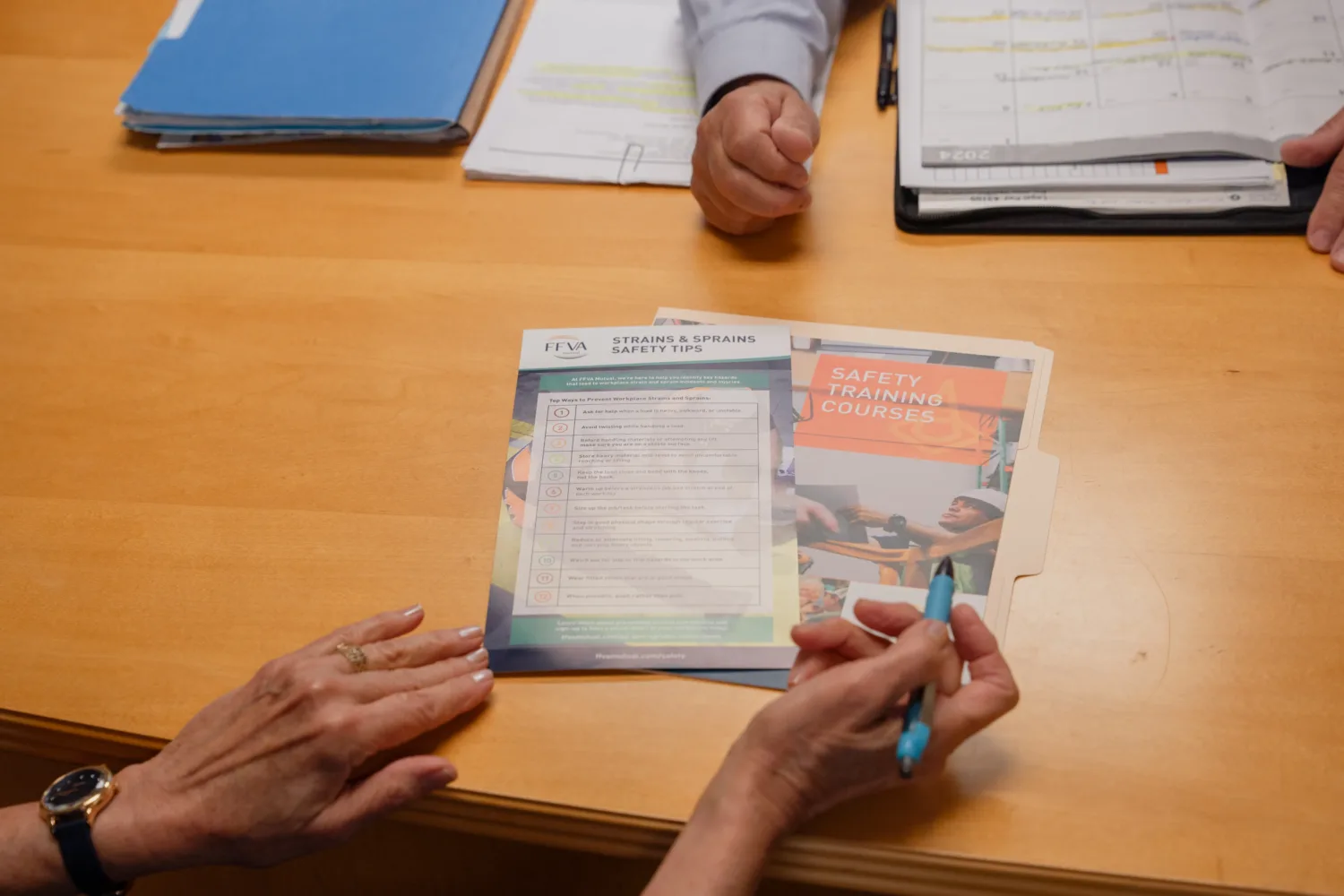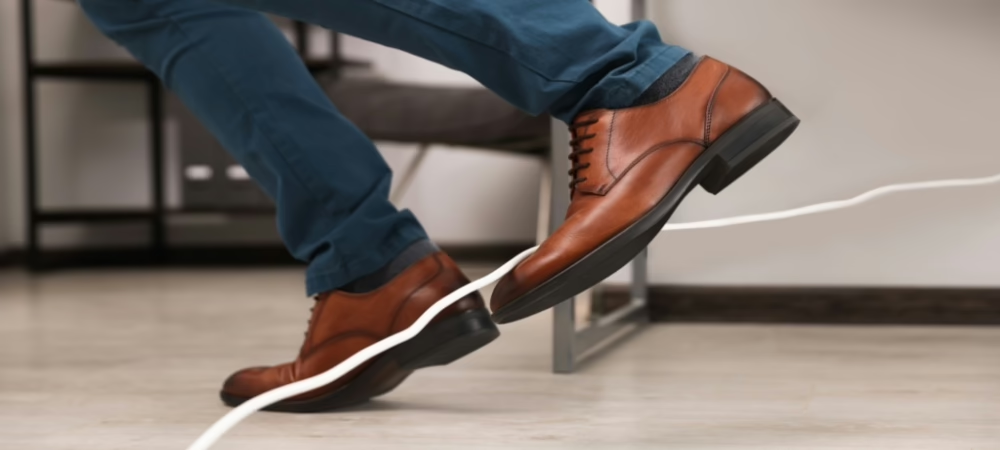Your Guide to Summer Safety and Heat Stress
Summer is here, bringing longer days, warmer weather, and the perfect opportunity for outdoor activities. But with the sun’s rays beating down, it’s crucial to prioritize summer safety to ensure a healthy season at work and play to avoid heat stress. The American Safety Council (ASC) warns that heat exposure and how your body responds to heat can lead to conditions ranging from heat rash to life-threatening heat stroke. However, these risks are preventable with the right knowledge and actions.

Summer Safety and Heat Stress: A Must for Outdoor Workers
For those in industries like construction, landscaping, or any field involving outdoor work, summer safety and heat stress in workplace are not just suggestions—they’re necessities. The National Safety Council (NSC) reports that heat-related fatalities are a serious concern, with 201 deaths in 2021 alone. And it’s not just outdoor settings; indoor workplaces with machinery also pose a risk due to
To combat these dangers, we’ve curated a list of 5 essential summer safety tips to keep you and your employees shielded from the heat, whether you’re clocking in hours on the job or enjoying well-deserved downtime.
5 Summer Safety Tips to Beat the Heat
As the mercury rises, so does the risk of heat-related injuries and illnesses. It’s crucial to stay informed and prepared to ensure a safe and enjoyable summer. The Occupational Safety and Health Administration (OSHA) champions the “Water. Rest. Shade.” campaign, which is a valuable resource for employers and workers to combat the dangers of extreme heat and humidity. Awareness is key, especially when it comes to recognizing the signs of heat exhaustion and heat stroke—two of the most perilous consequences of overexposure to the sun.
1. Recognize the Warning Signs
Your body naturally regulates its temperature through sweating, but excessive heat and physical activity can disrupt this process. It’s vital to know the signs of heat exhaustion, as it can quickly progress to a heat stroke if not addressed. Look out for:
- Excessive sweating
- Fatigue and weakness
- Headaches and dizziness
- Muscle cramps
- Nausea or vomiting
If you notice any of these symptoms, take action immediately: find shade or a cool area, hydrate with water, and remove extra layers of clothing. It’s important to note that heat exhaustion can also manifest as a rapid heartbeat and heavy breathing. Encourage workers to use a buddy system to monitor each other for these signs, especially during high-risk activities like sports or construction work.
If you notice any of these symptoms, take action immediately: find shade or a cool area, hydrate with water, and remove extra layers of clothing. It’s important to note that heat exhaustion can also manifest as a rapid heartbeat and heavy breathing. Encourage workers to use a buddy system to monitor each other for these signs, especially during high-risk activities like sports or construction work. Delaying response to these symptoms can have serious health consequences, so it’s imperative to act swiftly.
2. Heed Safety Advisories
The National Oceanic and Atmospheric Administration (NOAA) reported that 2023 set a precedent as the warmest year in NOAA’s 174-year climate record, and the trend suggests we should brace for more intense heat. Stay ahead by paying attention to health advisories from government agencies, local news, weather apps, and community alerts, to be aware of the latest heat safety advisories in your area.
For real-time updates, consider OSHA’s heat safety tool – a mobile app that’s available to download for Android and iPhone in English and Spanish to monitor high-temperature weather conditions, including the heat index and risk level.
Summer weather can quickly change so it’s also important for employees to know about lightening safety when working outdoors when a storm is approaching.
Tip: Remember to plan outdoor activities during cooler parts of the day and adjust work schedules to avoid the midday heat. This can significantly reduce the risk of heat-related illnesses.
3. Hydrate Regularly
Hydration is non-negotiable, whether you’re working outdoors or enjoying a day at the beach. OSHA advises drinking 2 to 4 glasses of cool fluids each hour, tailored to your activity level and exposure. Steer clear of caffeine and alcohol, as they can exacerbate dehydration.
Don’t forget that hydration isn’t just about water; it’s also about replenishing electrolytes. Drinking sports drinks or other electrolyte solutions helps maintain a healthy balance, particularly during prolonged exposure or exertion. Keep in mind that, while sports drinks are helpful, they should be used in moderation due to their sugar content.
4. Seek Shade for Rest Breaks
While air conditioning offers a quick cool-down, taking breaks in the shade is also effective in reducing body temperature. Cooling vests or damp cloths also help workers regulate body temperature in the heat.
Prolonged sun exposure can lead to heat exhaustion or heat stroke and may cause fainting—risks that are heightened when operating heavy machinery. Listen to your body; if you feel fatigued or dizzy, it’s time to rest.
Tip: Talk with your employees about acclimatization, which is the process of allowing your body to gradually adapt to the heat over a period of days. This is especially crucial for new workers or those returning from a significant time away from the heat.
5. Apply Sunscreen Diligently
Sunburns are more than just a nuisance; they can increase the risk of skin cancer and impair your body’s cooling mechanisms, according to the Centers for Disease Control and Prevention (CDC). Wearing a hat and light-colored clothing helps, but for assured protection, use a broad-spectrum sunscreen with an SPF of at least 30, reapplying every 3 to 4 hours.
Sunscreen Tips:
- Check the expiration date on sunscreen products, as expired sunscreen can lose its effectiveness and provide inadequate protection.
- Remember to apply lip balm that contains sunscreen as they are often overlooked and are often vulnerable to burns.
Embrace Technology for Safety
Incorporating technology can significantly aid in preventing heat stress. The OSHA-HIOSH Heat Safety Tool App, for instance, provides valuable recommendations and addresses PPE heat burdens. It’s a practical way to stay informed about the heat index and take necessary precautions.
Proactive Measures Save Lives
Taking proactive measures can make a substantial difference. Employers should ensure that workers are trained to recognize the early signs of heat stress and understand the importance of taking regular breaks. Establishing a buddy system can also be beneficial, as coworkers can look out for one another and help when needed.
Stay Informed
Keeping up to date on summer safety tips and heat stress prevention is essential for employers and employees. The National Institute for Occupational Safety and Health (NIOSH) has numerous heat stress resources, facts and downloadable posters.
By following these summer safety tips, you can enjoy the season without the burn. For more insights on workplace safety, visit the FFVA Mutual blog or reach out to one of our Safety Solutionists.








